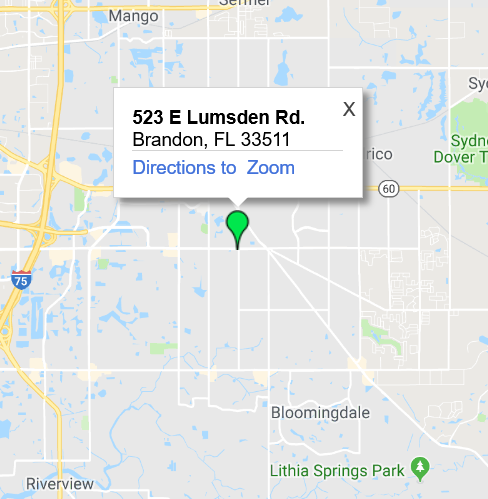We found this article does an excellent job of explaining the most common reasons we have experienced working with business buyers and sellers. Please contact us if you have questions about what you read below. donna@donnarayburncpa.com
By Tim Bellon | March 23, 2020
There is a sad fact about business sales that nobody wants to talk about. Most of the time, businesses that are listed for sale never make it to the closing table. As shocking as that may seem, even if you hire a business broker and do all the right things, circumstances outside of your control may doom your deal. This is why it’s important to work with someone that has the experience to take corrective actions before it’s too late.
Here are the biggest reasons businesses don’t sell.
Poor financial record keeping
Financial record-keeping is the scorecard of how well the business is doing. During the due diligence process, the buyer will examine these records to gain more confidence in their decision to move forward. In addition to other criteria, they will look to see if the business has enough cash flow to support a living wage for the new owner, the ability to repay the debt (for the business purchase), and a healthy profit to repay the downpayment and/or use for reinvestment. Having sloppy records breeds doubt and skepticism. If the buyer discovers an anomaly, they will dig deeper and ask questions about other line item expenses and their purpose. Once that happens, mistrust creeps in and it’s very difficult to recover.
Overpriced
Almost always, a seller will have unrealistic expectations of what their business is worth. However, a good broker will be able to explain market conditions, show industry comparable sales data and help price the business where it will sell.
Lease transferability
Sellers should look at the details of their lease BEFORE they list their company. Here’s why: The lease should be able to be transferred to the new owner and release the previous owner from all liability. If this contract language does not exist, or an agreement can’t be made with the landlord, it will kill most deals.
Poor credit
Good intentions alone don’t get businesses sold. A competent business broker will qualify potential buyers and make sure they have the creditworthiness to get a business loan. Spending time with people that cannot follow through with the purchase is a waste of time.
Owner and the technician
Most small businesses start with an expert technician that goes out on their own and takes their chances with entrepreneurship. To build real value in a business, eventually, the owner has to turn their attention to being a CEO and leading employees. If the business only makes money when the owner does the technician work, it severely discounts the business’s worth and can make it unsellable.
No contracts
While customers love “no contracts,” buyers hate it. It’s because contracts give some guarantee that after the business is sold, revenue will still come in regularly and there is less chance of business disruption. Prudent business owners find a balance between providing customer flexibility and fixed agreements.
Unrealistic timing
It takes time to sell a business. Planning up to 3 years in advance leaves time to get systems in place and make other maneuvers that will maximize the business worth. Selling a business is not like selling a car. It’s a complicated transaction that will likely be the largest the seller will ever have in their lifetime.
Unwillingness for Seller to hold a note
Most sellers don’t realize that they may be asked to hold a note and extend terms to the buyer. The reason is, if the bank is giving a loan, they may want the seller to hold a note as well to mitigate the bank’s risk. While this is rarely good news for the seller, it is a reality in many cases. Being inflexible on holding a note means that you will have to have an all-cash buyer, in the event bank lending is not possible, and those are fewer and harder to secure.
Lack of confidentiality
When a buyer (and seller) have a mutual interest in moving forward with a possible transaction, one of the first things to do is require the buyer to sign a nondisclosure agreement. This is the legal document that ensures that sensitive confidential information is not shared with any outside parties. This is important because if employees, competitors, or vendors find out that the business is being sold, it could cause disruptions that can be harmful to the business and of course, ruin the deal.
If you have questions about getting your business ready to sell or if you are running across these categories while attempting to purchase a business, please contact donna@donnarayburncpa.com.

